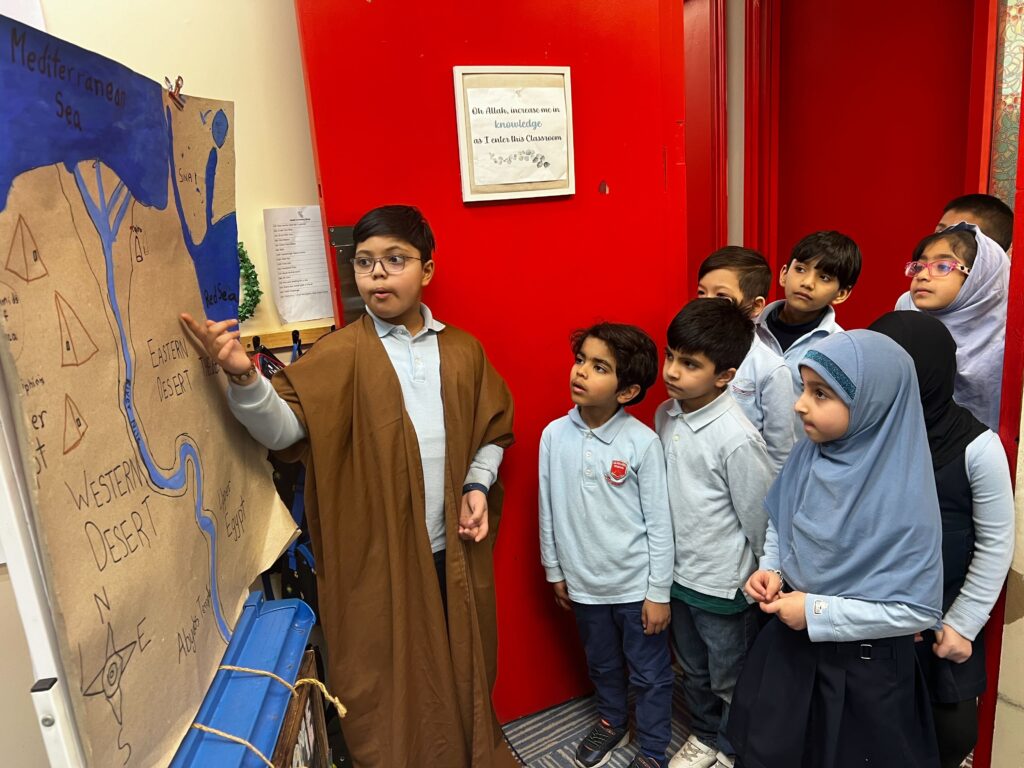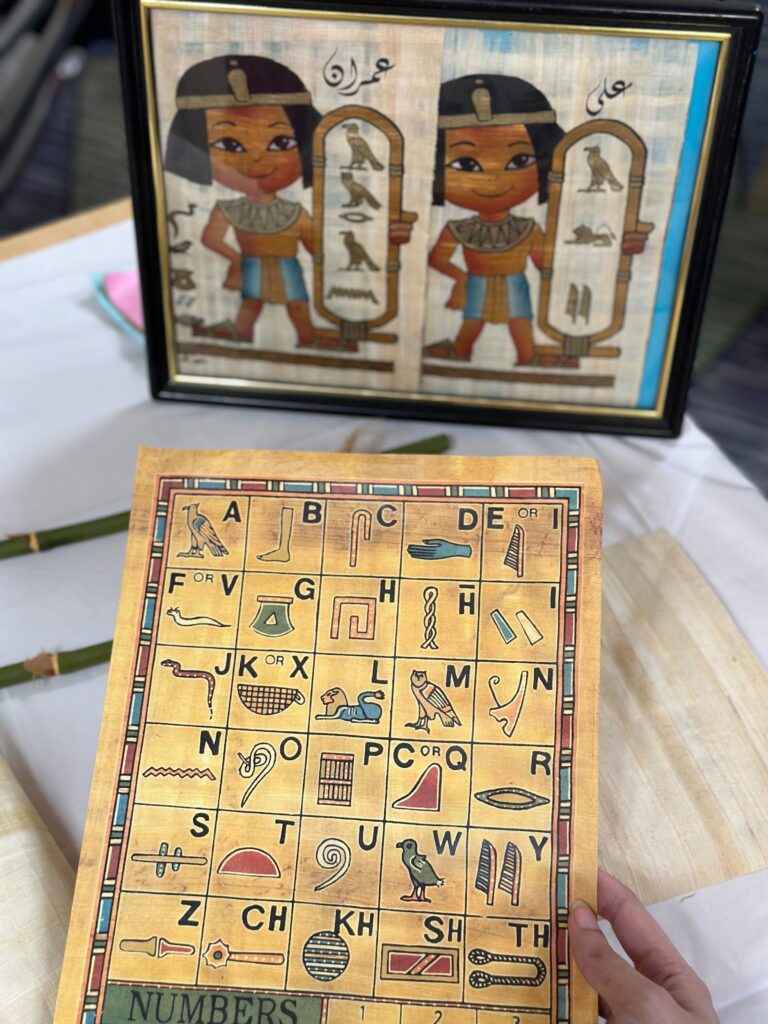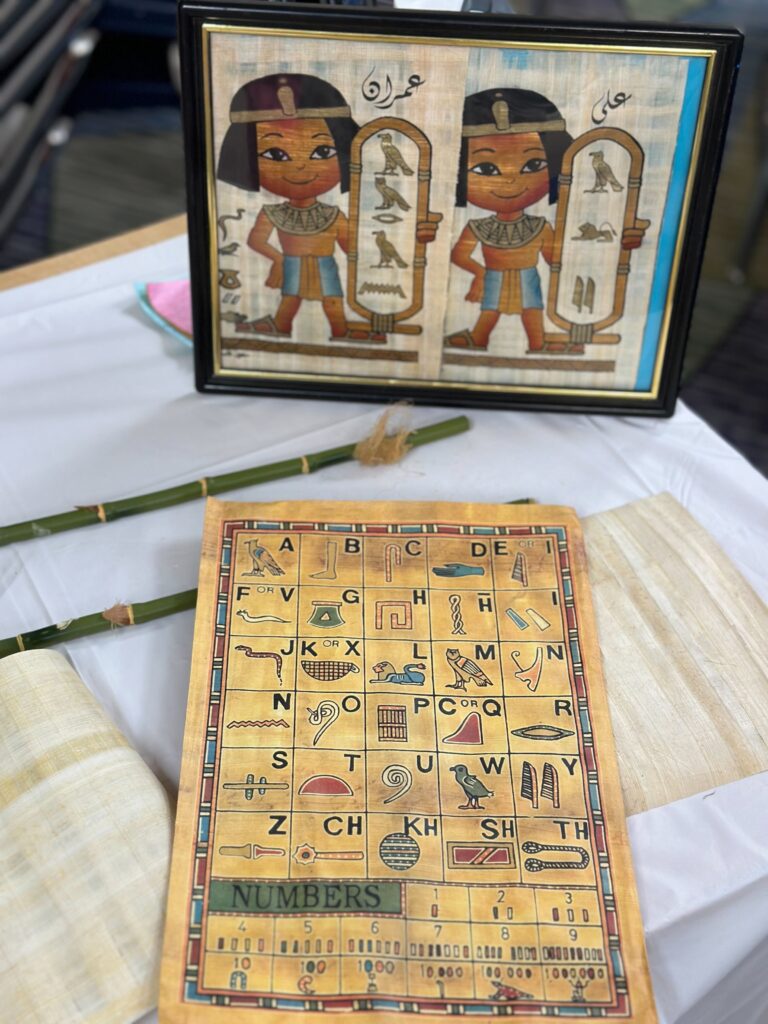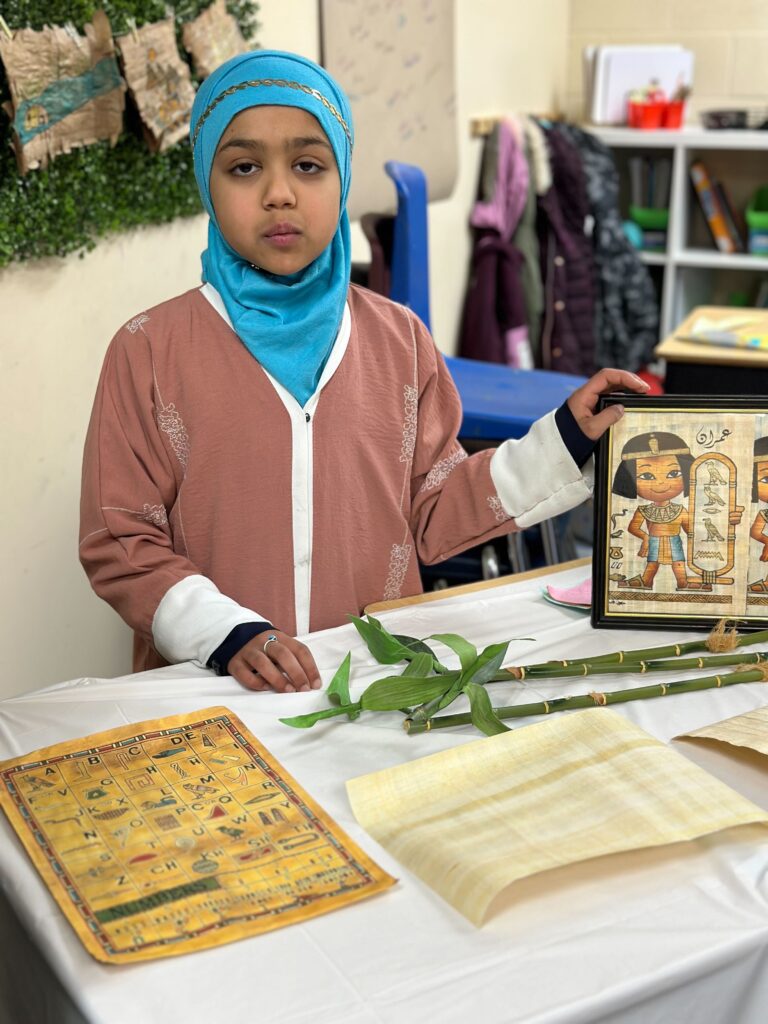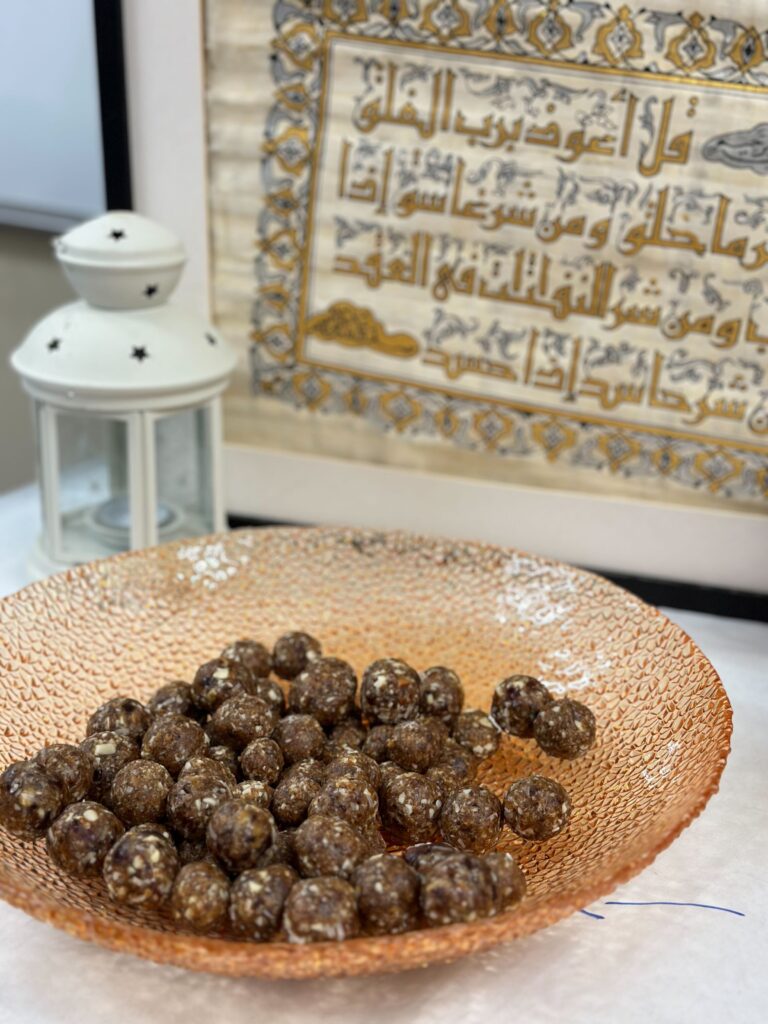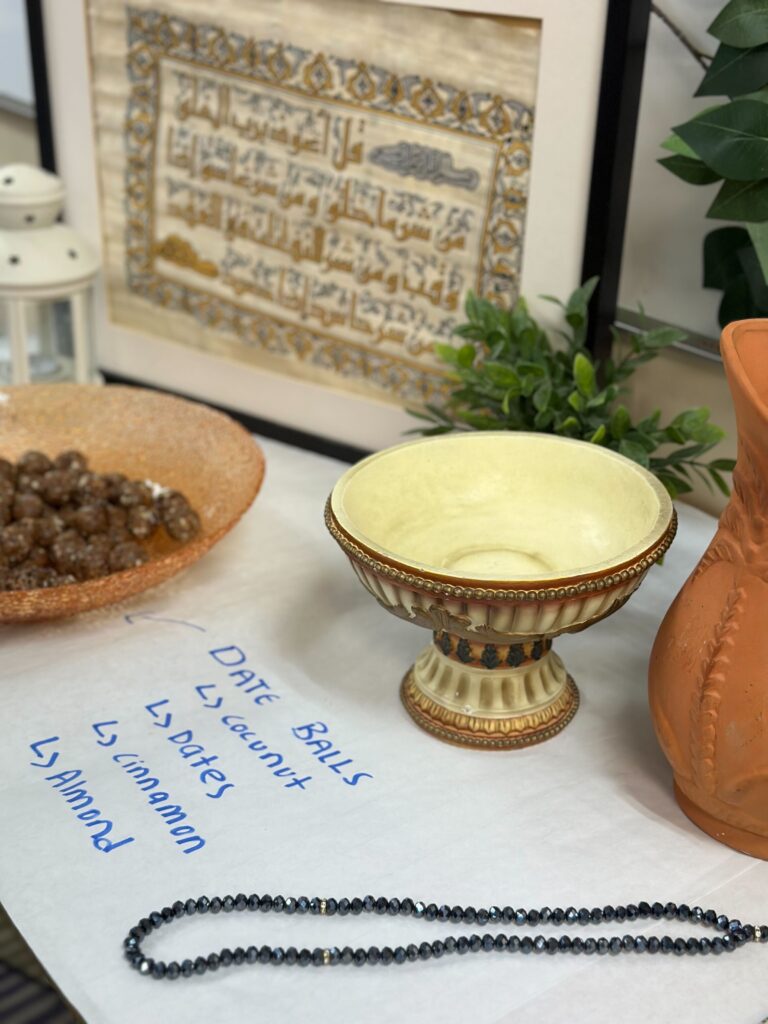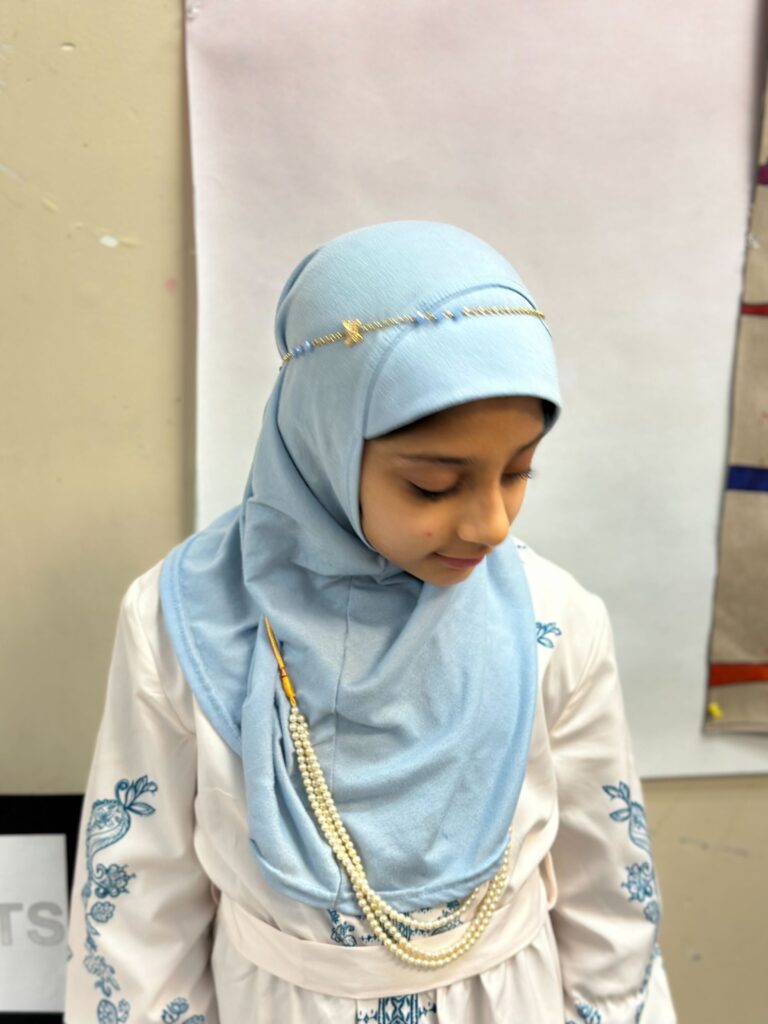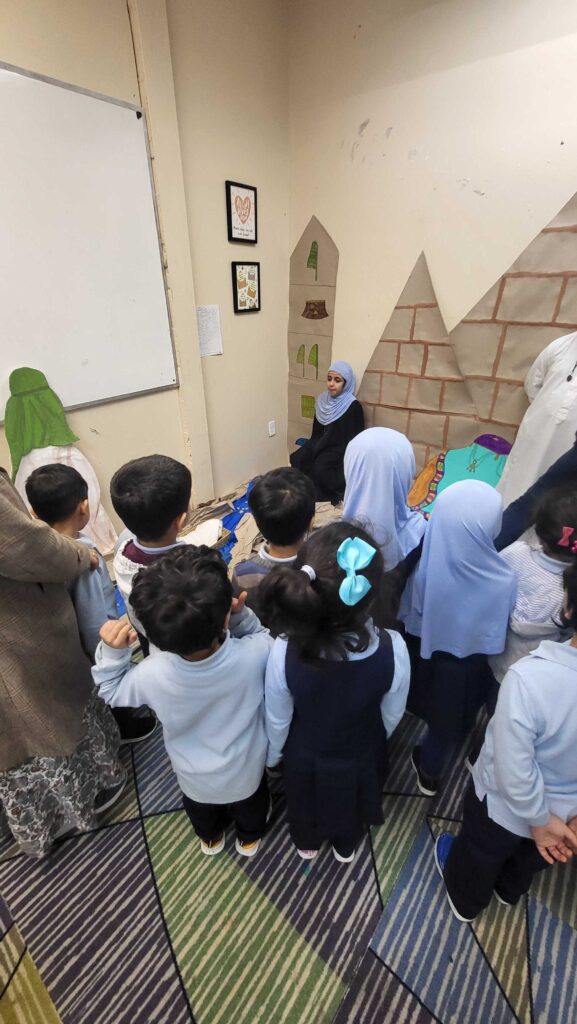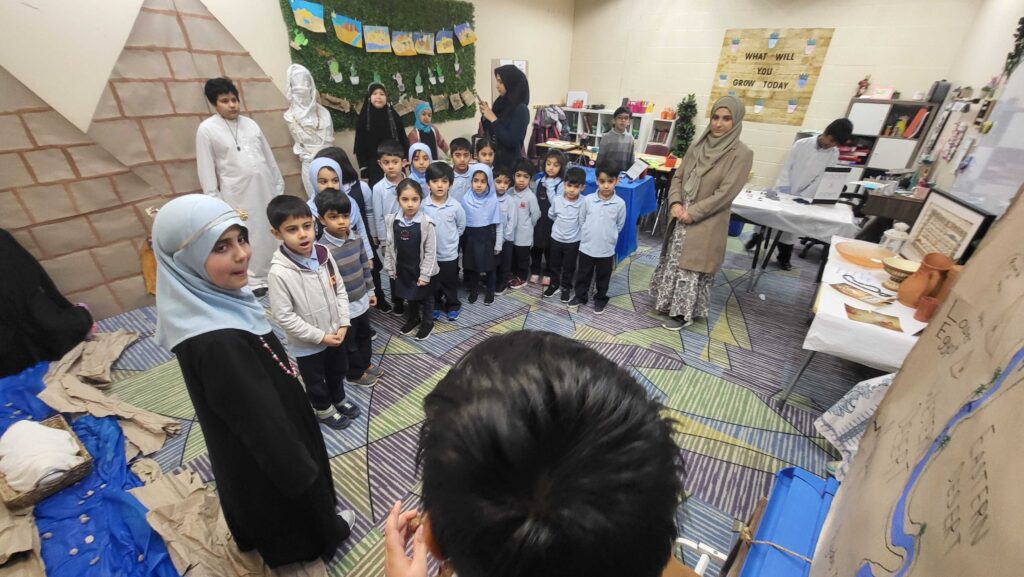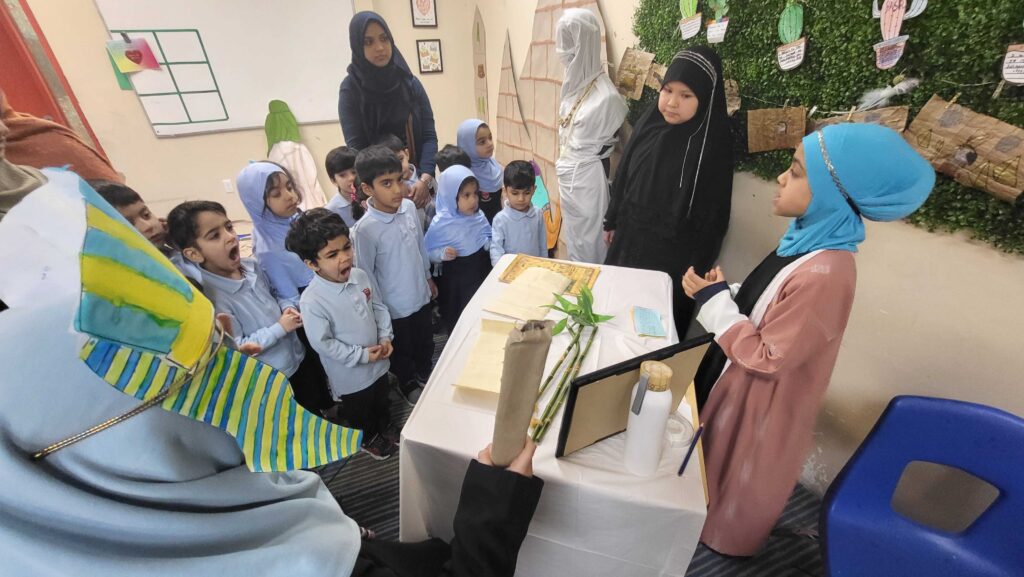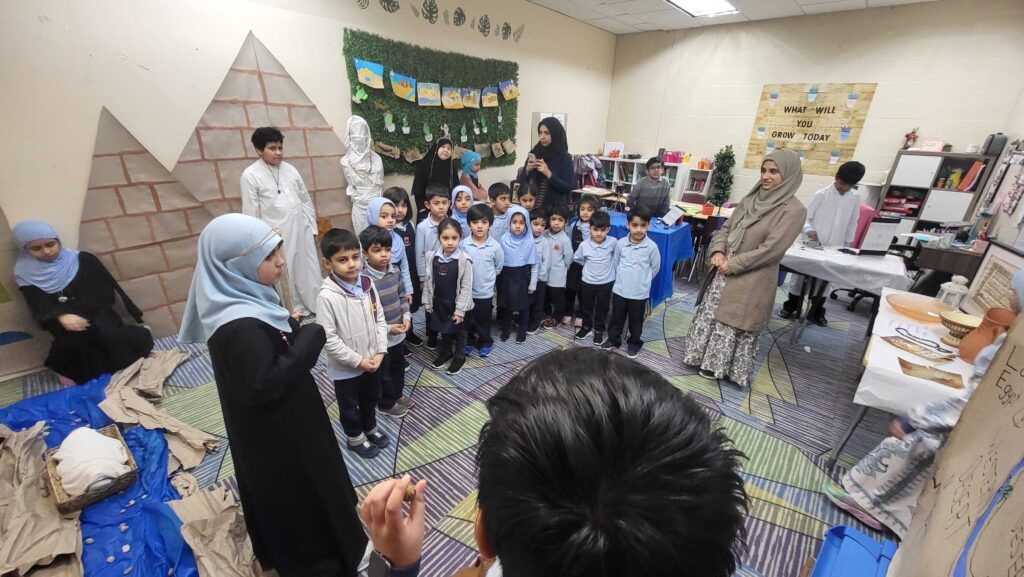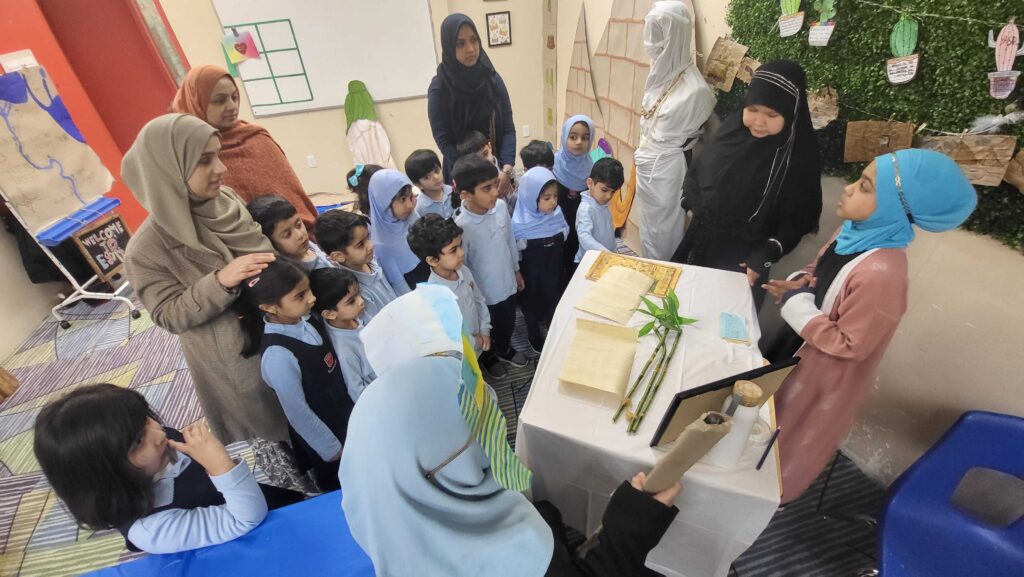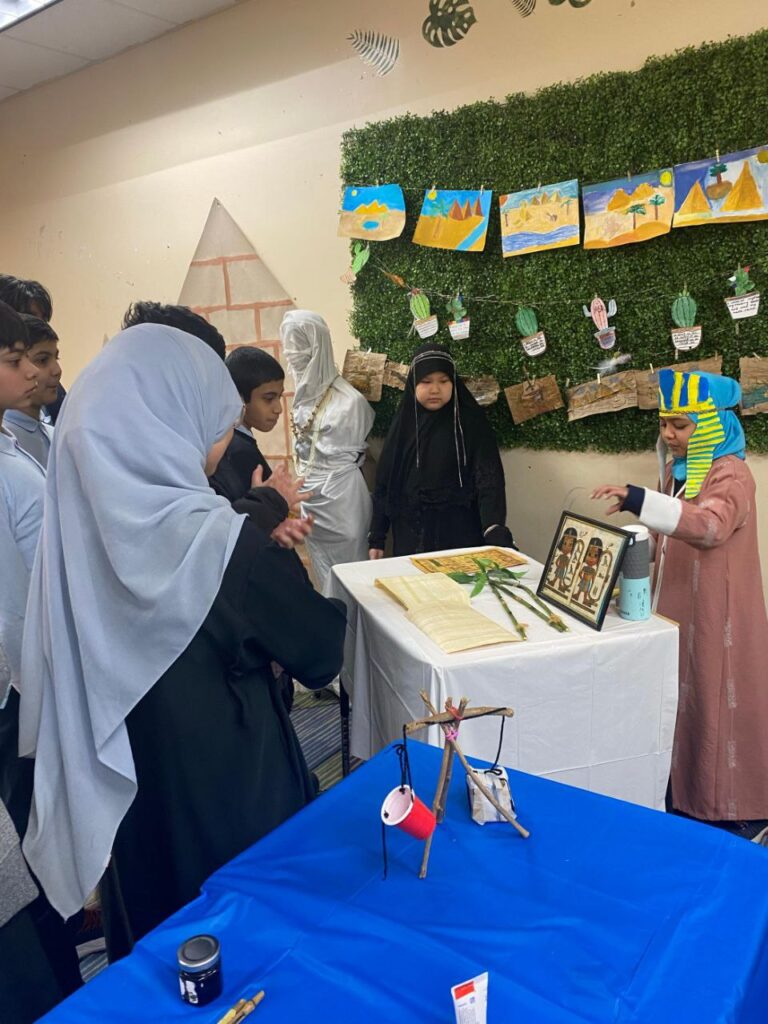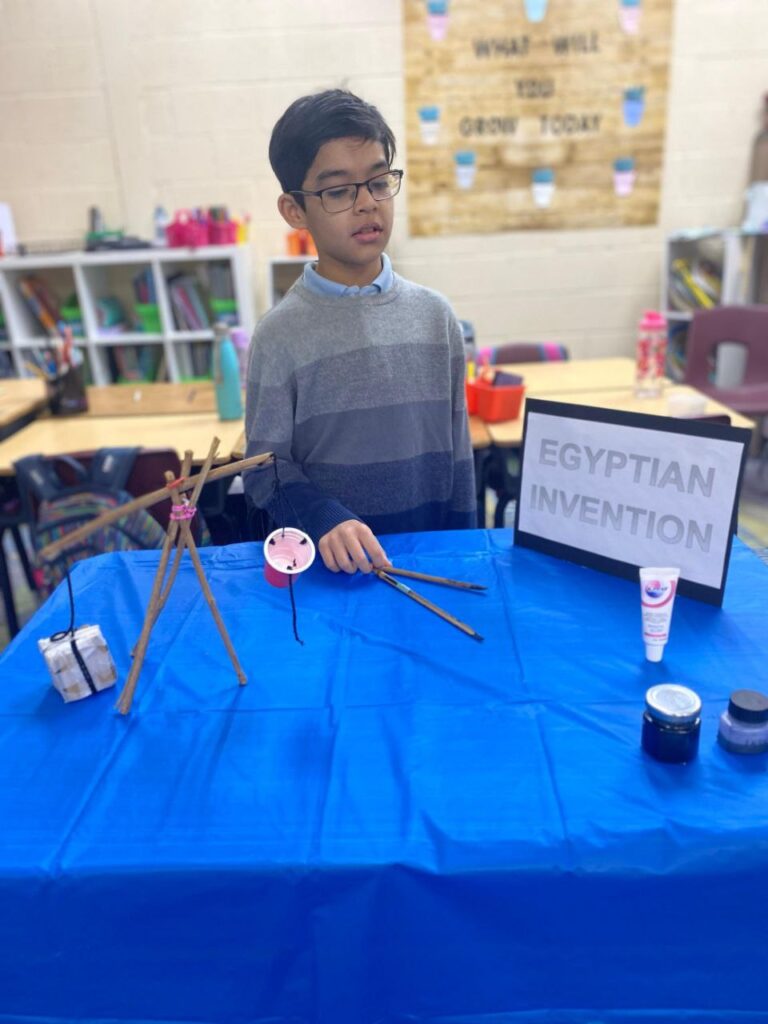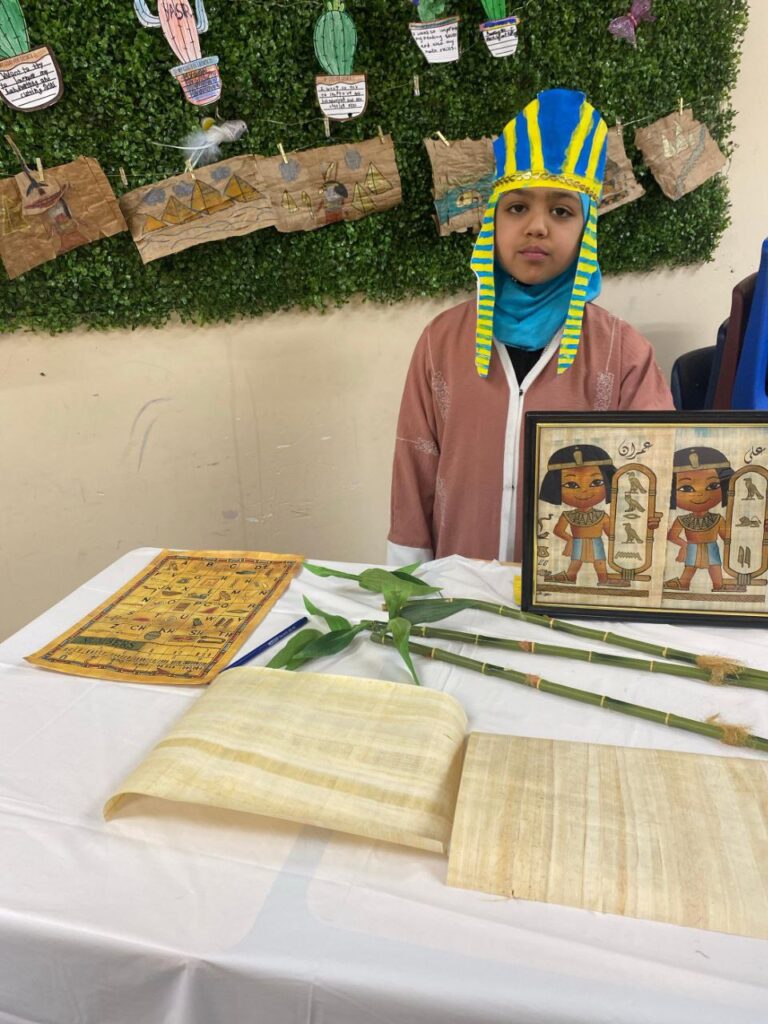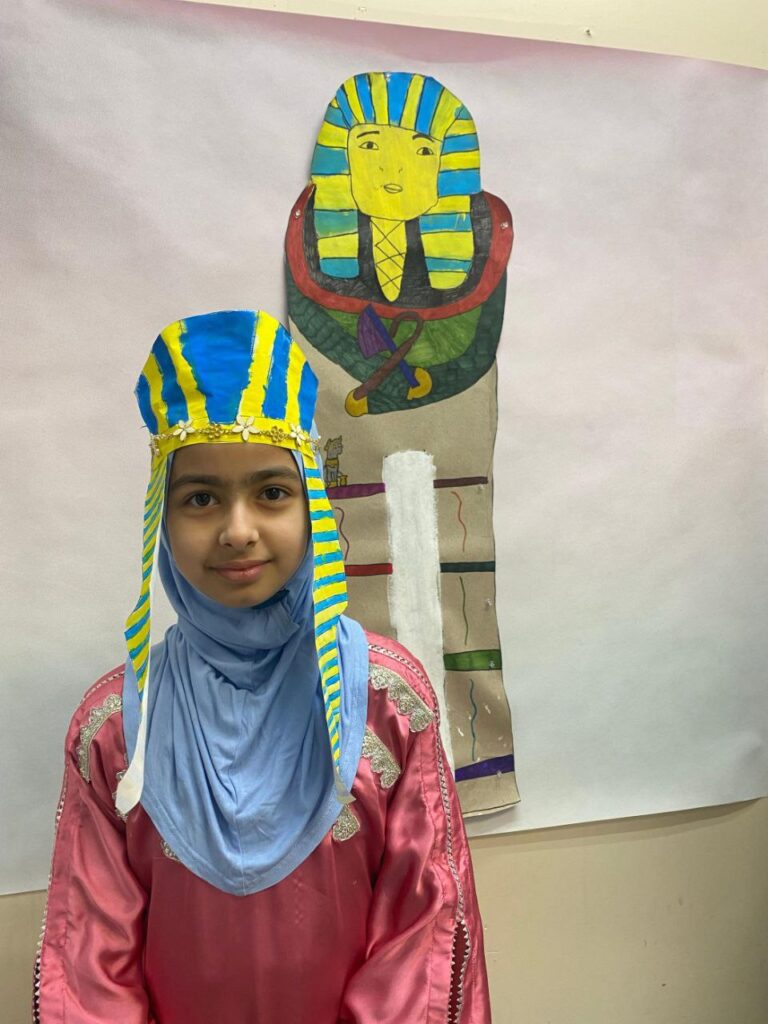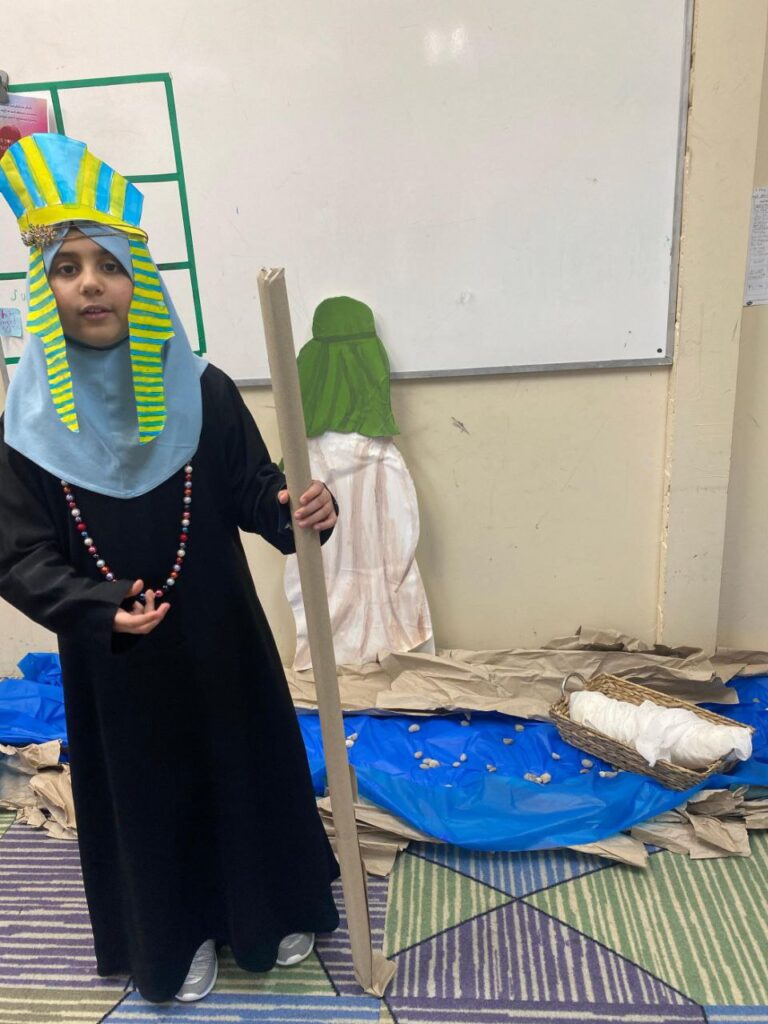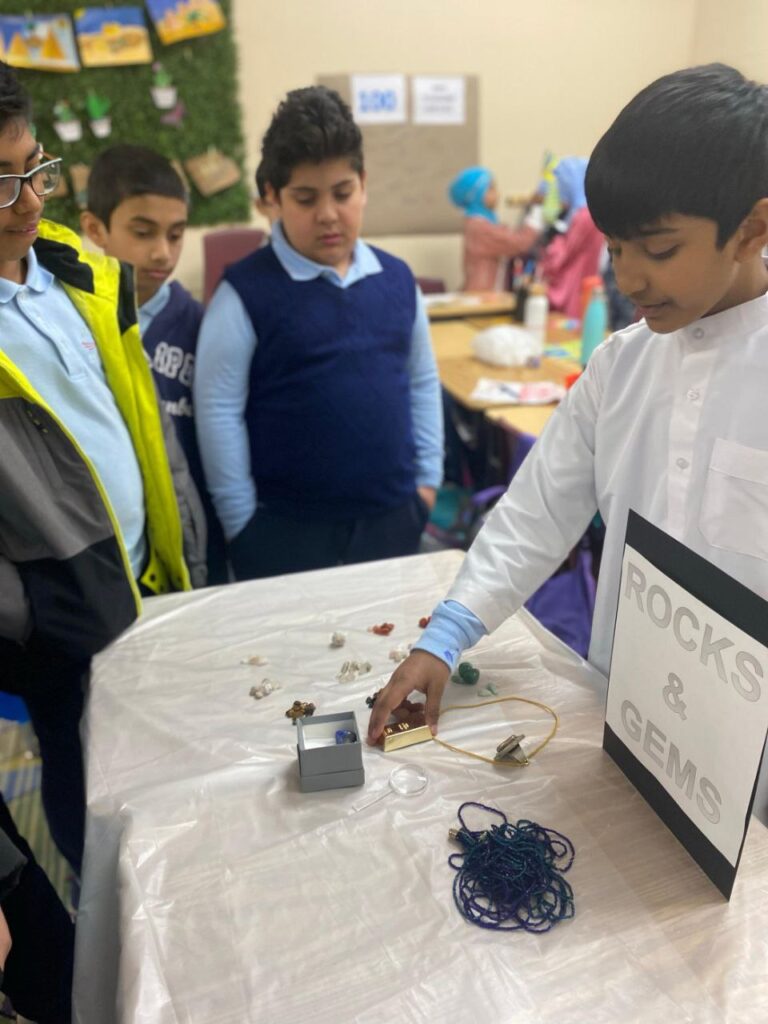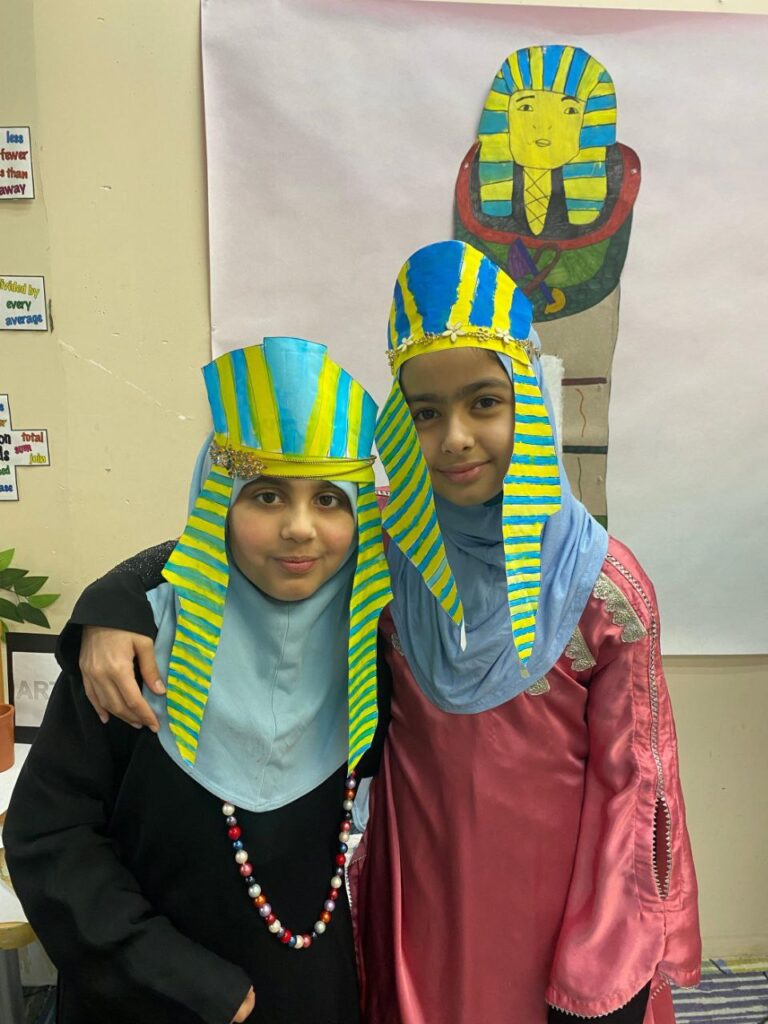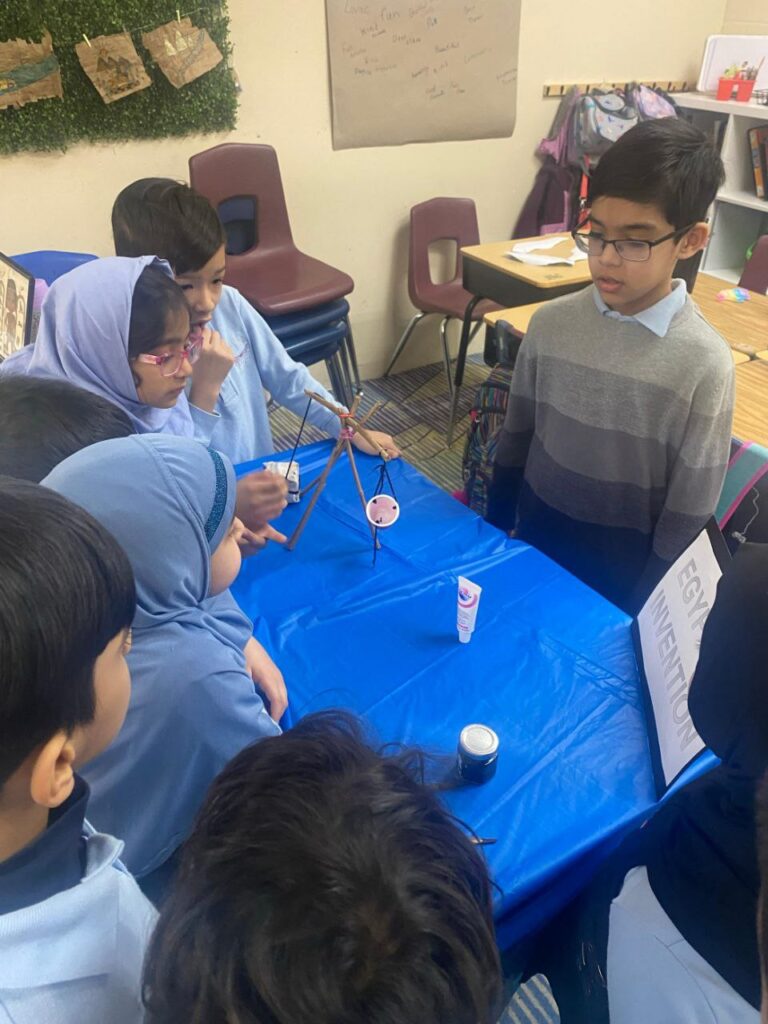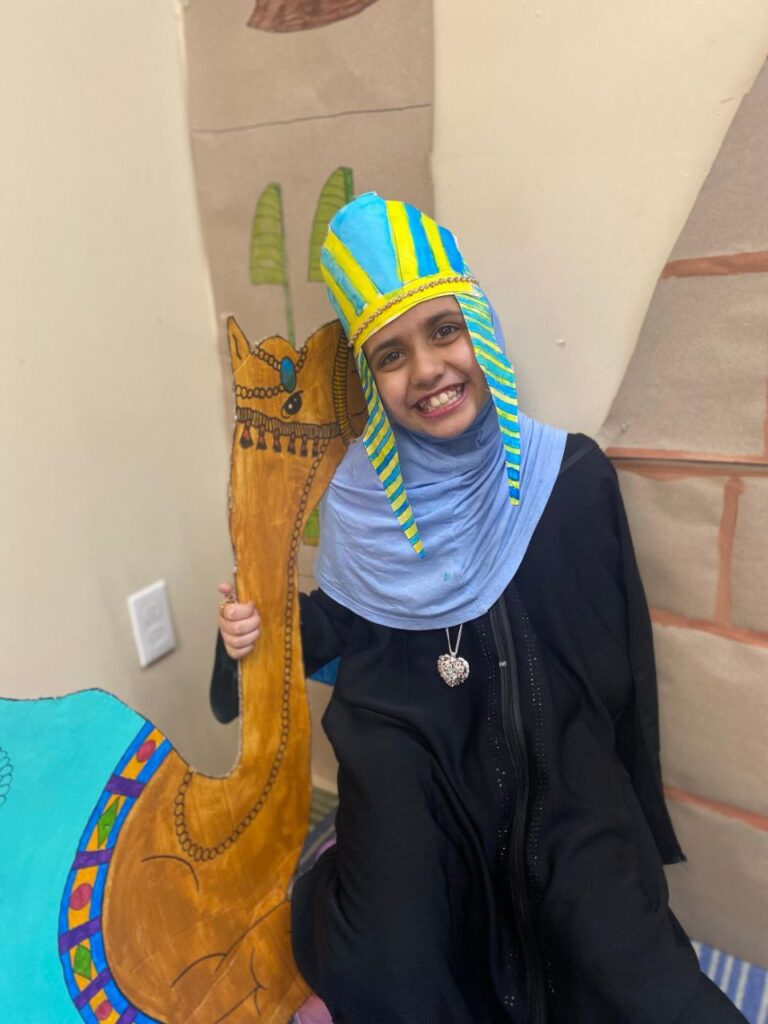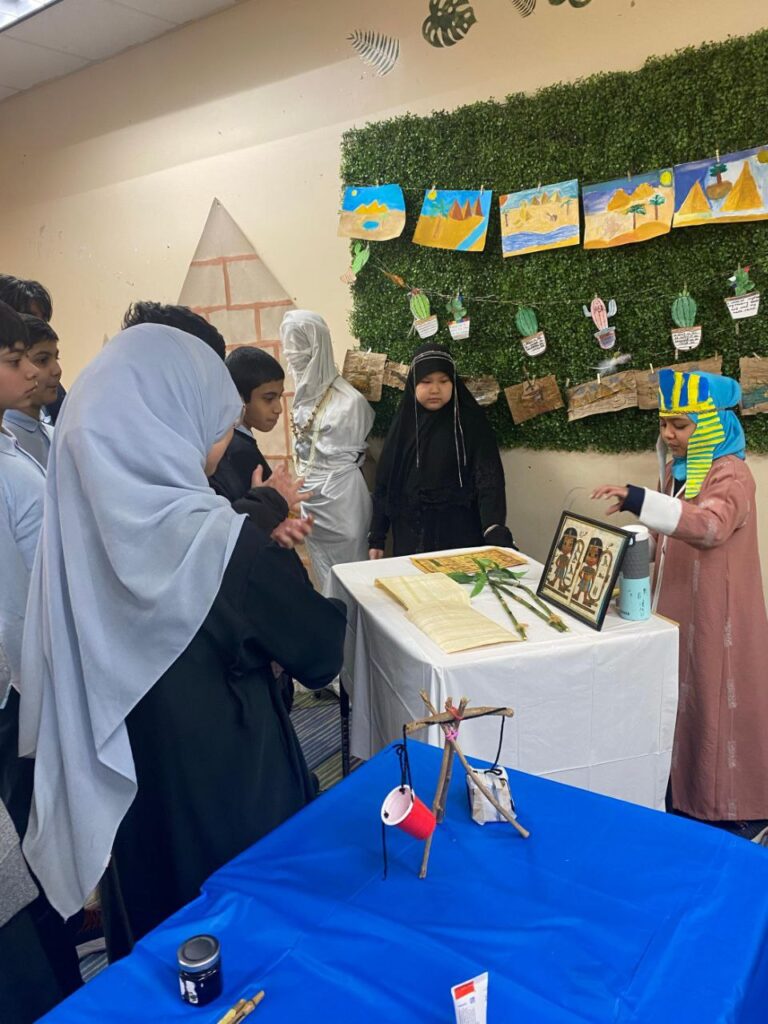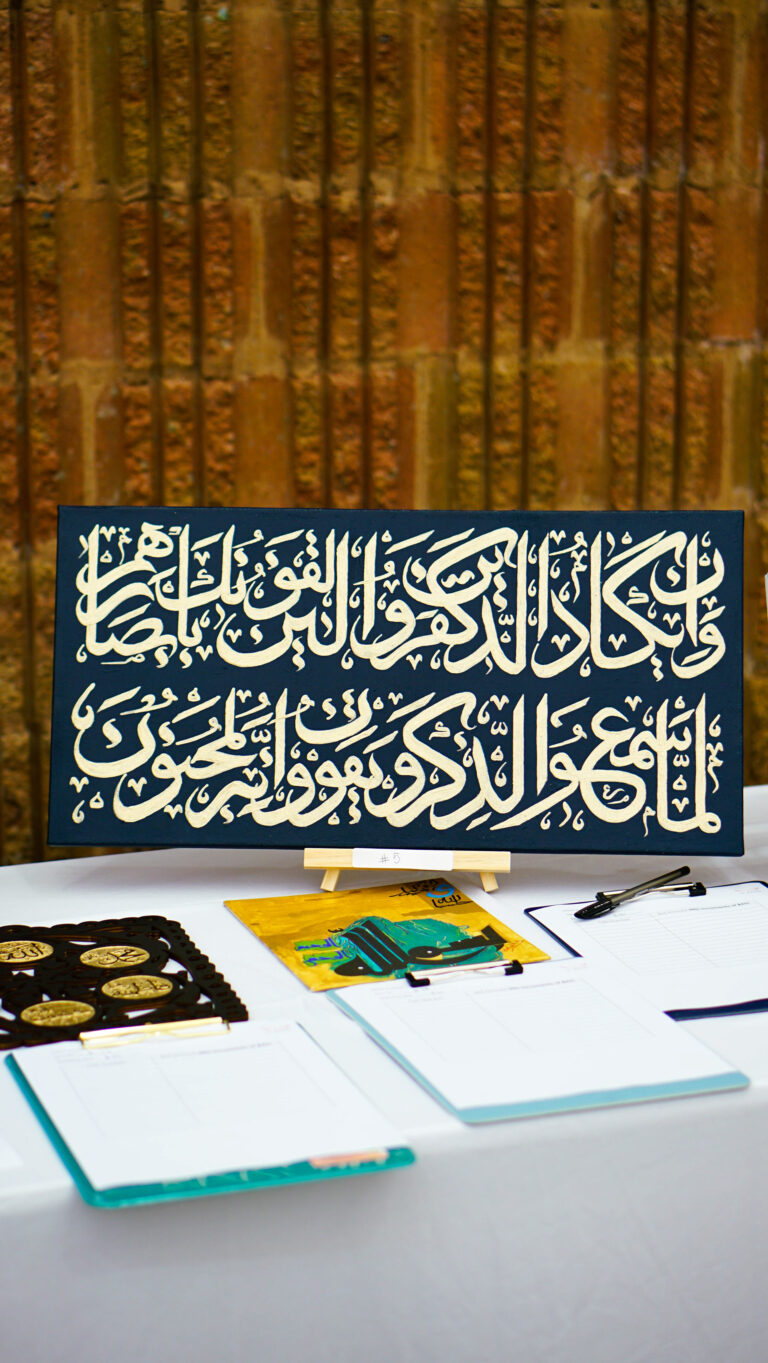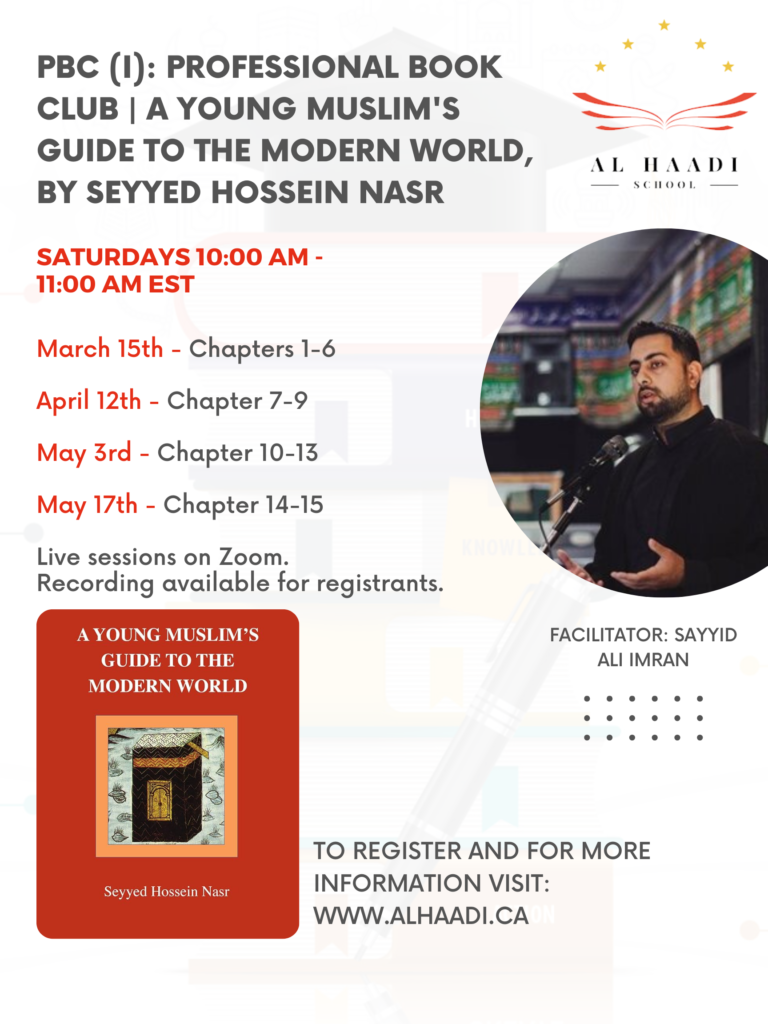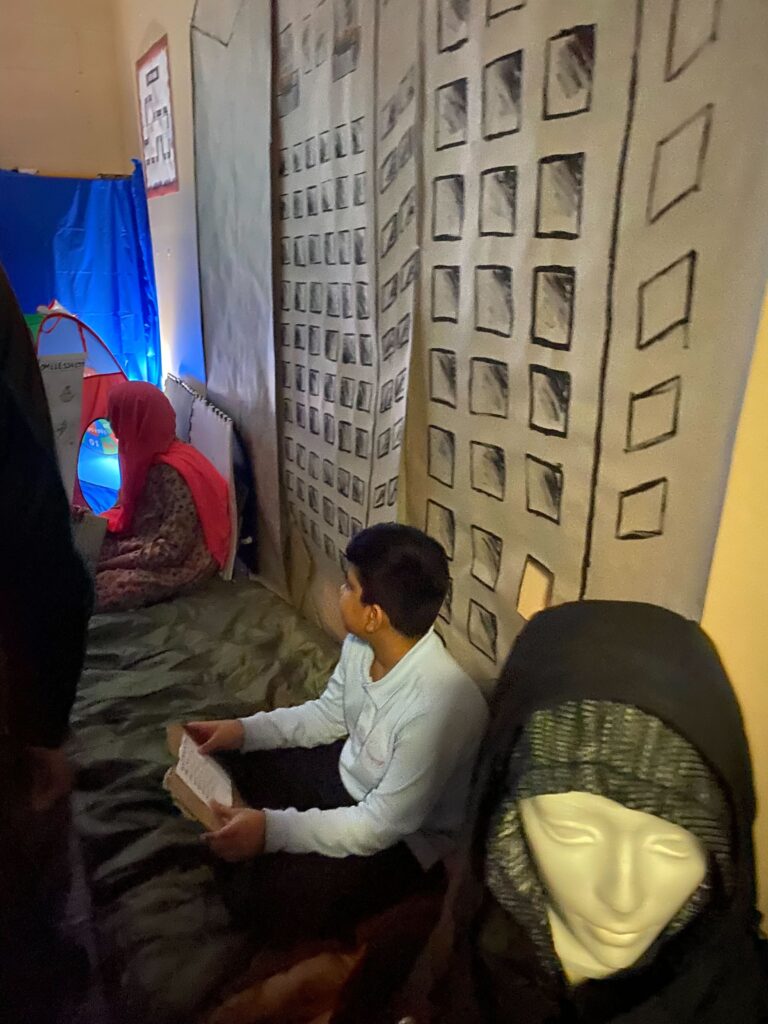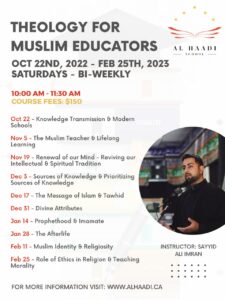Recently, in Grade 4, I had the opportunity to lead a thematic project on Ancient civilizations. This endeavor was not just an ordinary history lesson; it was a holistic learning experience that left a profound impact on both the students and myself.
The Ancient project was designed to engage students in the rich tapestry of history, culture, and innovations of the Egyptian civilization. The journey of the project began with a novel called “The Mystery of the Scroll,” setting the stage for exploration. Through a holistic learning approach, the project aimed to engage students on multiple levels, including Prophet Musa’s life in Egypt, incorporating art, hieroglyphs, the making of papyrus, narrative writing centered around a stolen bracelet, and even integrating knowledge of rocks and minerals from our science lessons into understanding Egypt’s construction materials. Additionally, students had the opportunity to apply mathematical concepts by measuring the angles of pyramids that they constructed themselves.
As a teacher, the holistic learning approach challenged me to think creatively and integrate diverse teaching methods. It required me to step back and embrace a more student-centered approach, allowing the children’s natural interests and talents to guide the learning process.
The impact of the project extended beyond the classroom. Kindergarteners through grade 7 were invited to Egypt where a section of our class was decorated with pyramids, the River Nile, hieroglyphics, and a mummy, providing detailed insights into various aspects of its civilization. The students dressed as Egyptian tour guides and explained the various sectors.
In conclusion, students were assessed in various ways throughout the project, including a culminating game where they acted as farmers in Egypt, making decisions to earn points. They were evaluated on their speaking points, presentation skills, and narrative writing abilities, allowing for a comprehensive assessment of their learning journey.





